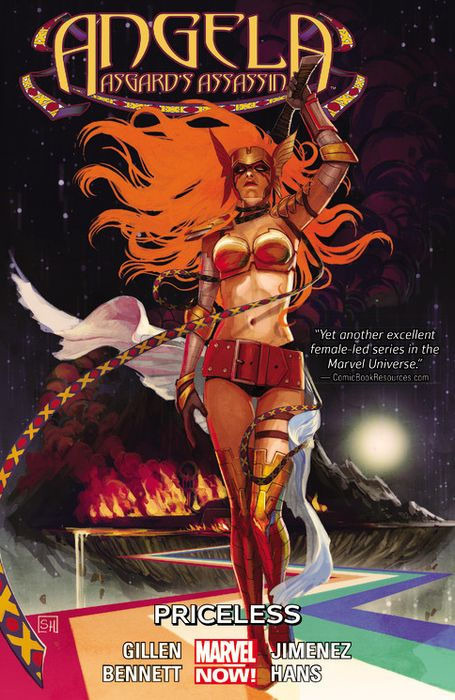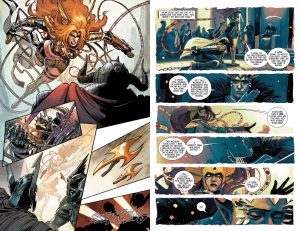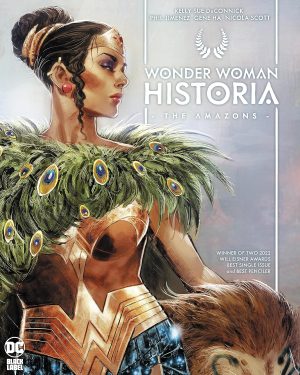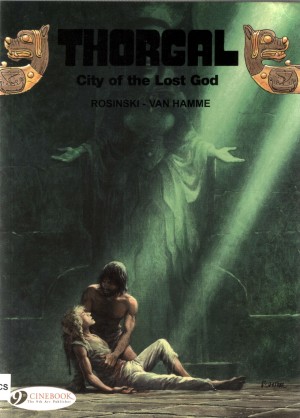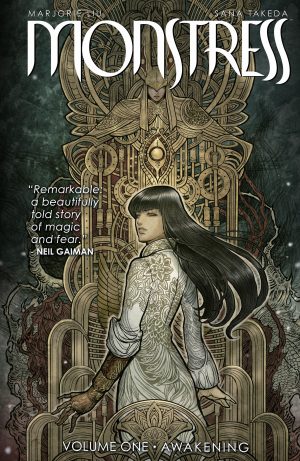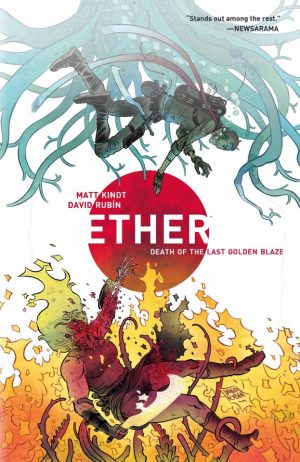Review by Ian Keogh
Angela is a character with a complicated backstory, but it’s best ignored. Accept her for who she is at the start of Asgard’s Assassin: a powerful woman on a mission striding through hostile territory, and take it from there. Kieron Gillen supplies all needed knowledge apart from why she would choose to abduct her infant sister shortly after being introduced to her parents Odin and Freyja.
The result a chase around some of the ten realms with pauses for Angela’s companion Sera to tell stories of Angela’s past, each illustrating a facet of her character pertinent to the ongoing situation. This can be as complex as a battle, or as simple as returning a child’s ball. It’s rather clever.
Actually, the entire story is clever, including what sets it off in the first place. Once the truth of the abduction is revealed it’s apparent Gillen had already ensured why reasoning wouldn’t have worked in the first instance. We follow Angela from location to location, always learning something along the way, and the interlude tales gradually piece together a second story leading to the starting point.
Phil Jimenez is a rare artist who’s never stopped improving. There’s little sign of his earliest influences in this fluid art, and he’s always been someone who uses a costume well and loves detail, seen here with Angela’s extraordinary runed belts swirling all over the place. Going beyond the call of duty, he varies the style according to the location, so when the Guardians of the Galaxy appear, it’s more painterly. That’s a speciality of Stephanie Hans, who illustrates the interlude sections Gillen co-writes with Marguerite Bennett. Her art has a grandeur.
There’s a greater darkness to Angela than the usual Asgardian saga, at least as presented via Thor, and seeing familiar characters fitted into that makes for a different type of story. It’s very tightly plotted, exquisitely drawn, and well worth your time.
